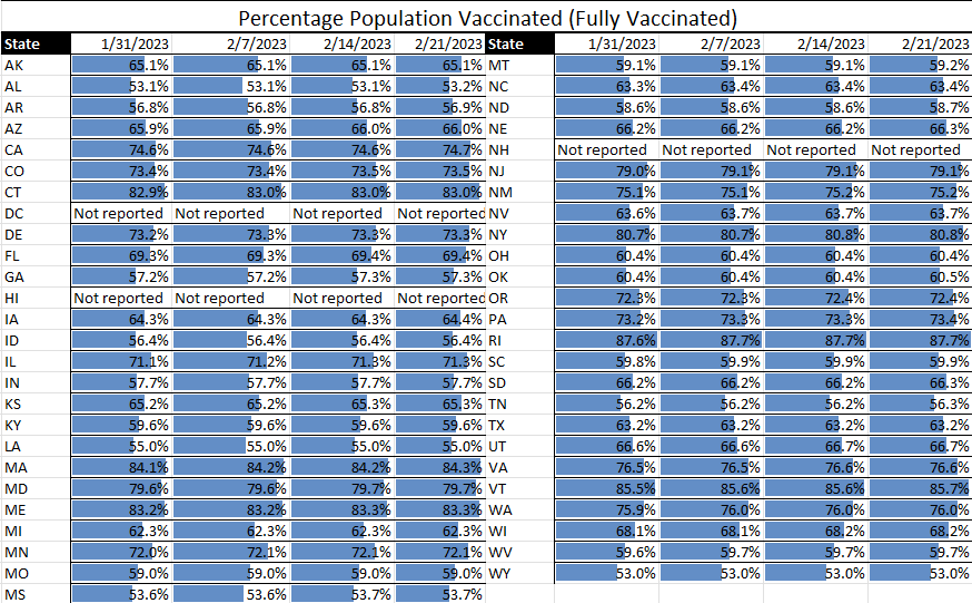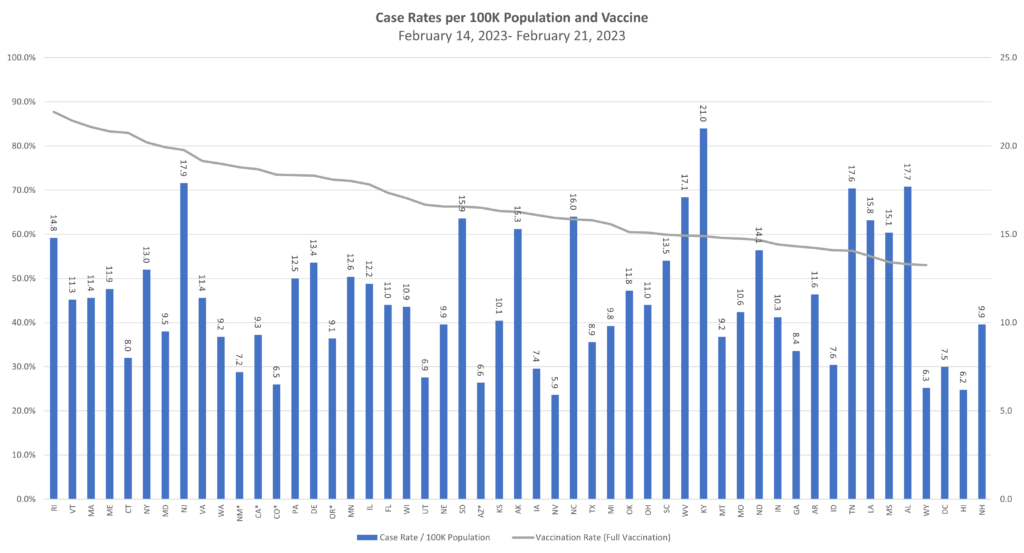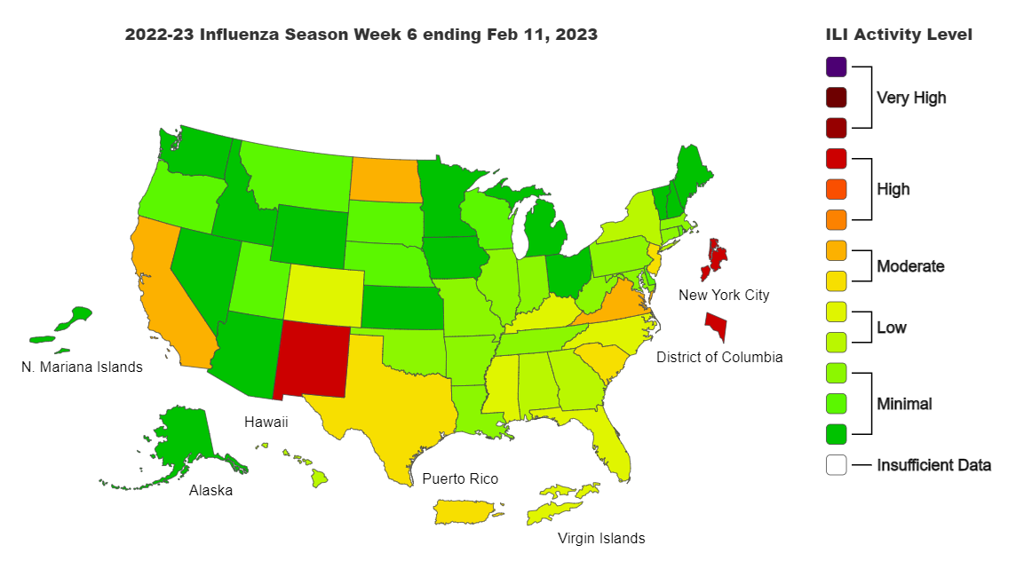Norovirus is continuing to spread in both the U.S. and Canada, and with it is some misinformation on its control. With even major publications making statements on norovirus control, such as “Start with the same infection control measures for COVID-19,” TAG wants to clarify the fundamental differences between norovirus and COVID and recommended control measures.
While both viruses are highly contagious, the most fundamental difference is the mode of transmission of each of the two viruses.
- COVID is a respiratory virus, so it is transmitted through droplets contained when an infected person coughs, sneezes or even breathes in close range with another person. For this reason, masks and social distancing are key mitigation factors.
- Norovirus is transmitted orally when a person inadvertently gets particles of feces or vomit from an infected person into their mouth through direct contact, touching of contaminated surfaces then putting fingers in mouth, or eating contaminated food or beverage.
While these distinct differences do reflect some varying control measures, there also are some that are the same, with the two primary measures to be implementing and communicating to your employees being:
- Stay home when ill. According to the Food Code, a foodworker must be symptom free from norovirus (e.g., no vomiting or diarrhea) for at least 24 hours before returning to work.
- Wash hands. Hands should always be washed frequently, particularly prior to working with food and after using the restroom or handling trash or waste.
An additional key mitigation measure related to norovirus is:
- Surface sanitation. Unlike COVID, norovirus will survive on surfaces for weeks and can be transmitted if a person touches the contaminated surface, then their mouth. Thus, surfaces should be disinfected if a worker came into work ill with norovirus, and any vomiting should be blocked off and cleaned and disinfected immediately. Make sure to choose the right product, labeled to be effective against norovirus and follow the instructions explicitly.
Norovirus is a very contagious virus, but it can be contained if control steps are followed.
COVID Risk Matrix:



Influenza:


Infectious Disease News:
- Flu. The total number of child flu deaths for the season to date is 106, the highest number of flu deaths in children since the start of the COVID-19 pandemic. Most of these children were not vaccinated. Most of the reported deaths (103) were associated with influenza A virus infections, and of the 59 influenza A viruses that were subtyped, 83% were A (H3N2) viruses.
- TB. While respiratory diseases are trending downward in Alaska, tuberculosis is on the rise. This state has three times the national average of tuberculosis rates.
- Norovirus is rising in many parts of the US – Michigan, Alabama, Pennsylvania – and in Canada.
- Marburg. Marburg, which is related to Ebola, is already being blamed for at least nine deaths in Equatorial Guinea, and another 16 suspected cases are being investigated. Without treatment, Marburg can be fatal in up to 88% of people. A 2004-2005 outbreak in Angola killed 90% of the 252 confirmed cases. There is currently no vaccine or drug treatment for the virus.
- Mpox. WHO recently declared mpox to be a global public health emergency, again. It continues to be a threat in the parts of west and central Africa where it is endemic. Cases in Canada and Mexico have been growing.






